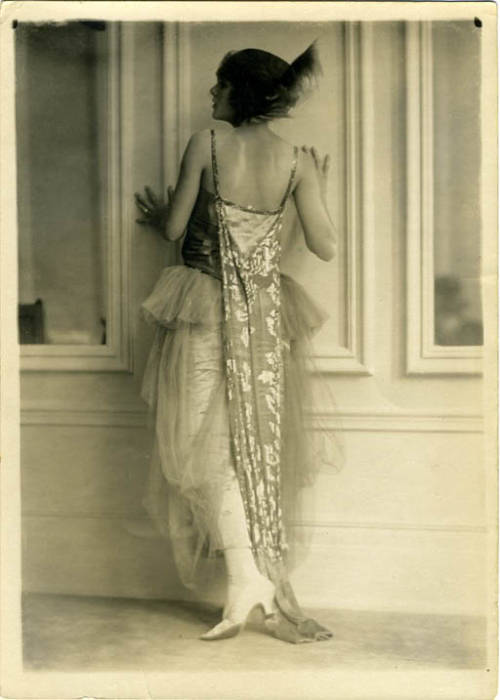
29 September 2011
28 September 2011
{"Elizabeth and her German Garden" by Elizabeth Von Arnim}
"I love my garden".

So begins this remarkable novel by Mary Annette Beauchamps, a writer who borned in Australia in 1866 and was educated in England. At age 24 she married the Baron von Arnim, who adopted the surname. With him, she moved to his mansion in the Germanic regions of Pomerania, an area situated almost in the Baltic coast. Throughout her life she published more than twenty novels and an autobiography, among others, "Enchanted April" or "All the dogs of my life." E. Von Arnim was also a cousin of the writer Katherine Mansfield.
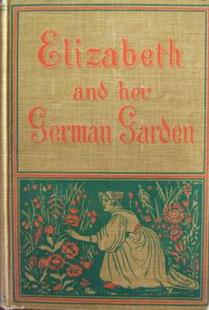
{An original first copy of the book}
Pomerania is the environment in which "Elizabeth and her German garden" develops, the first novel by the author who once had twenty-one reissues in 1898, when it was published. Its 198 pages are a cheerful and simple description of happiness as a daily articulated autobiographical. Although written with care, the ideas latent in the book were groundbreaking at the time. Von Arnim makes a subtle critique of the strict social norms of the time, and a clear call for freedom. References to the Prussian figure of her husband as "the angry man" is a proof. Surrounded by the vegetation of the different seasons, Elizabeth feels free, she plays with her three daughters, maintains pleasant conversations with her guests... The book makes to contemplate, to reflect, and to have happy reading.
{A view of Viollin Park, in Pomerania Province in the Baltic Sea}
The writter contrasts the love of nature, embodied in a garden surrounded by cornfields and meadows to the rigidity of some customs and artificial world. Throughout the book she learns to care for their prized flowers, giving personality to the different species.
"I like more than any other tulips flower of spring, are the epitome of the happy and jovial pure grace, and with a hyacinth look like a freshly bathed healthy girl next to a fat lady that every move will leave patchouli permeated the air ... .. / are said to be arrogant and ostentatious, but I seem to be the incarnation of grace more modest, always so willing to enjoy life as much as possible and without fear of facing the sun looking or Culqui anything higher than them. "
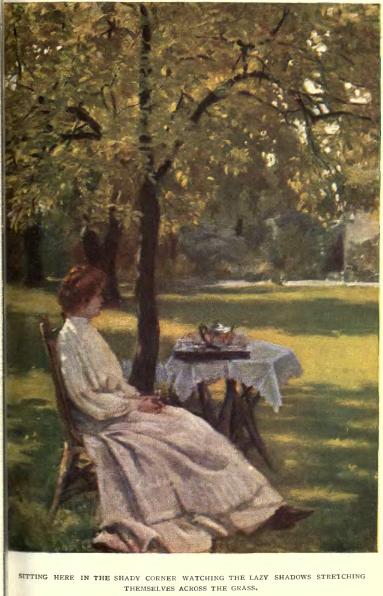
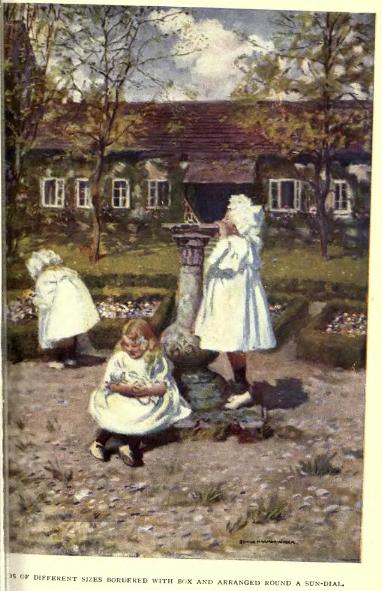
I think it is an unpretentious book, but nice to read, original in its approach and the ideas that the author slips, very gently, between descriptions of sunflowers, poppies and lilac bushes. Very appropriate reading suggestions for further comfort that the spring is about to appear.
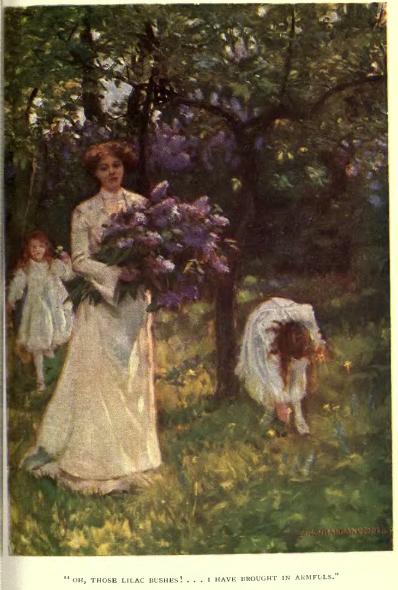
This paragraph constitutes much of the philosophy of life of Elizabeth von Arnim:
"We had tea on the grass, the sun, and when it started to get late and the girls went to bed, and all the little anemones were closed for the night , I was wandering through the green paths with hearts full of gratitude. "
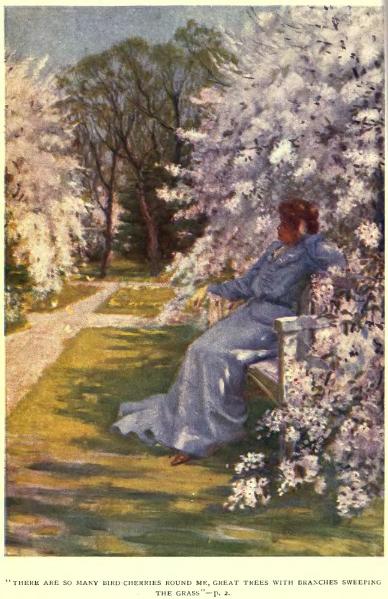
{If you are interested in to buy the book, here you have a link from amazon.com, and if you also want to know more about the author, here you can read about her life}
{A Chic Saloon in the Heart of Paris}
David Mallett is a great hairstyler from Paris, France. I have never been in his saloon but, honestly, the decoration of each areas is amazing. I would love to be attended one day in a place like that.
{The next pictures were taken by the wonderful blogger Heather Clawson for her blog Habitually Chic. I absolutly recommend it.}






David Mallett: Official Website.
25 September 2011
{The Gentleman Guide Part I; The Shave}

Firstly, you may be wondering why you would want to wet shave in the first place?
As you are probably already aware, there are a number of high-tech electric razors on the market these days, so this would seem like a fairly understandable question to ask yourself.
But the answer is a very simple one. If you are looking for a more effective shave that also offers you better looking and healthier skin, then traditional wet shaving is your only viable option.
But how do you get that perfect wet shave? Well simply follow these FIVE top tips to find out.

1.) The key to a quality wet shave is to use plenty of warm water before shaving. Either have a bath, shower or use a hot flannel to soften the bristles and open up the pores of the skin. For gentlemen with sensitive skin or heavy beards, you should lubricate your whiskers with a small amount of pre-shave oil before lathering.
2.) Make sure you massage your chosen shaving cream or soap thoroughly into your stubble or beard. Make sure you use your fingers or a decent shaving brush.
3.) Slowly, and using short strokes, shave with the grain (in the same direction as the hair growth). Failure to do so can cause razor burn, redness and even rashes. Be especially careful around the neck areas, as these can be particularly sensitive.
4.) Whilst wet shaving, rinse your razor regularly in hot water.
5.) When you have finished your shave, rinse the shaved area thoroughly with cool water.

1. Silver Badger Brush.
(John Lewis)

2. Razor.
According to Tom Trueman, the face of British shaving firm the Shaving Shack, using a high quality razor with the sharpest possible blades is essential.
“As soon as you notice the blade is not performing then replace it, otherwise you’ll end up with an uneven shave and cause irritation to your face and neck.”
Check back regularly for more information about mens shaving from the experts at Shaving Shack

Electric One by Phillip.
3. Or if you prefer the classic Steinless there´re many options too.

(Parker 31R)
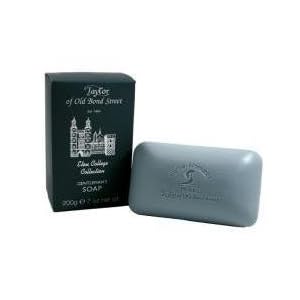
4. Eton College Bath Soap by Taylor of Bond Street.
(in Amazon)

5. Shaving Cream.
( Dr. H. Marlborough)

6. Afthershave Lotion
(Taylor of Bond Street).

7. Aluminium Bars. Usefull for skin cuts.
(Avaiable in every pharmacy).
Sources {Ape to Gentleman, "The Gentleman" by B. Roetzel}
{The Man of the Castle}
In the 1960s Mariga Guinness made Leixlip Castle an unforgettable place: a solid, four-towered mediaeval castle converted in the early 18th century with huge, thick-barred windows and spacious, simple rooms looking down to the Liffey; a massive front door that was never locked; and inside an inspired assembly of mainly Irish 18th-century furniture and pictures, put together and set off with a sense of color and occasion, a mixture of informality and showmanship, to make a setting in which it seemed that anything could happen and anyone might turn up.
He was the second son of the author and brewer Bryan Guinness, 2nd Baron Moyne and Diana Mitford. He was educated at Eton, Gordonstoun and Christ Church, Oxford. He and his first wife, Mariga (the former Princess Marie Gabrielle of Urach), founded the Irish Georgian Society in April 1958 to help to preserve Irish architecture of all periods. This was timely as the Irish planning
laws were enacted only from 1963.

Nancy Mitford (Desmonds´mother)

Bryan Guiness (Desmond´s father)
Married at Oxford in 1954 to Princess Henriette Marie-Gabrielle ("Mariga") von Urach, daughter of Prince Albrecht von Urach and a granddaughter of King Mindaugas II of Lithuania, by whom he had a son, Patrick Desmond Carl-Alexander, and a daughter, Marina. Through Patrick he is a grandfather of the fashion model Jasmine Guinness.

Desmond and Henriette in their wedding day. 1954.

Desmond with his children: Marina and Patrick. Photo taked by Slim Aarons in Ireland 1963.

Leixlip Castle living-room.

Equestrian stuffs of a countryside castle.

Morning light through the gothic window.
In 1958 he bought Leixlip Castle, Leixlip, County Kildare, Ireland, where he continues to live with his second wife, the former Penelope Cuthbertson, whom he married in 1984. As a member of the extended Guinness family he has a number of well-known relatives, such as Garech Browne. He has been Master of the North Kildare Harriers.

Desmond Guiness today. His castle behind.

In his despatch in the castle.

Proud of his irish history.
Links:
{Second Anniversary of the Blog, and new Appearence}
I had long been thinking about making improvements to the blog. When I started writing in "My Dear Lady" two years ago, my idea of a blog was different from now. Before, I thought it was important information (more text and fewer pictures), I now realize how important the pictures and drawings are, and if sources are cited and are chosen riht, it makes a good blog special. I have to thank, on this second anniversary, people who have followed my posts every day and that their comments have given me encourage you to continue writing.
I hope that from now, Eton Square, go up to previous years. Do you like the new head?
Love,
Carol.
I hope that from now, Eton Square, go up to previous years. Do you like the new head?
Love,
Carol.
{Callart House;The Mystery of an Abandoned House}
This is an abandoned Georgian mansion on the shores of Loch Leven (Scotland). House said to have been built on site of previous dwelling owned by Cameron of Fassifern (Fassfern). A Cameron daughter married a Fairfax-Lucy of Charlecote, Oxfordshire in late 19th century and later inherited Callert, which has now passed to other owners. Mansion empty and in poor condition; circa 1900 additions deteriorating in particular.







Subscribe to:
Comments (Atom)

